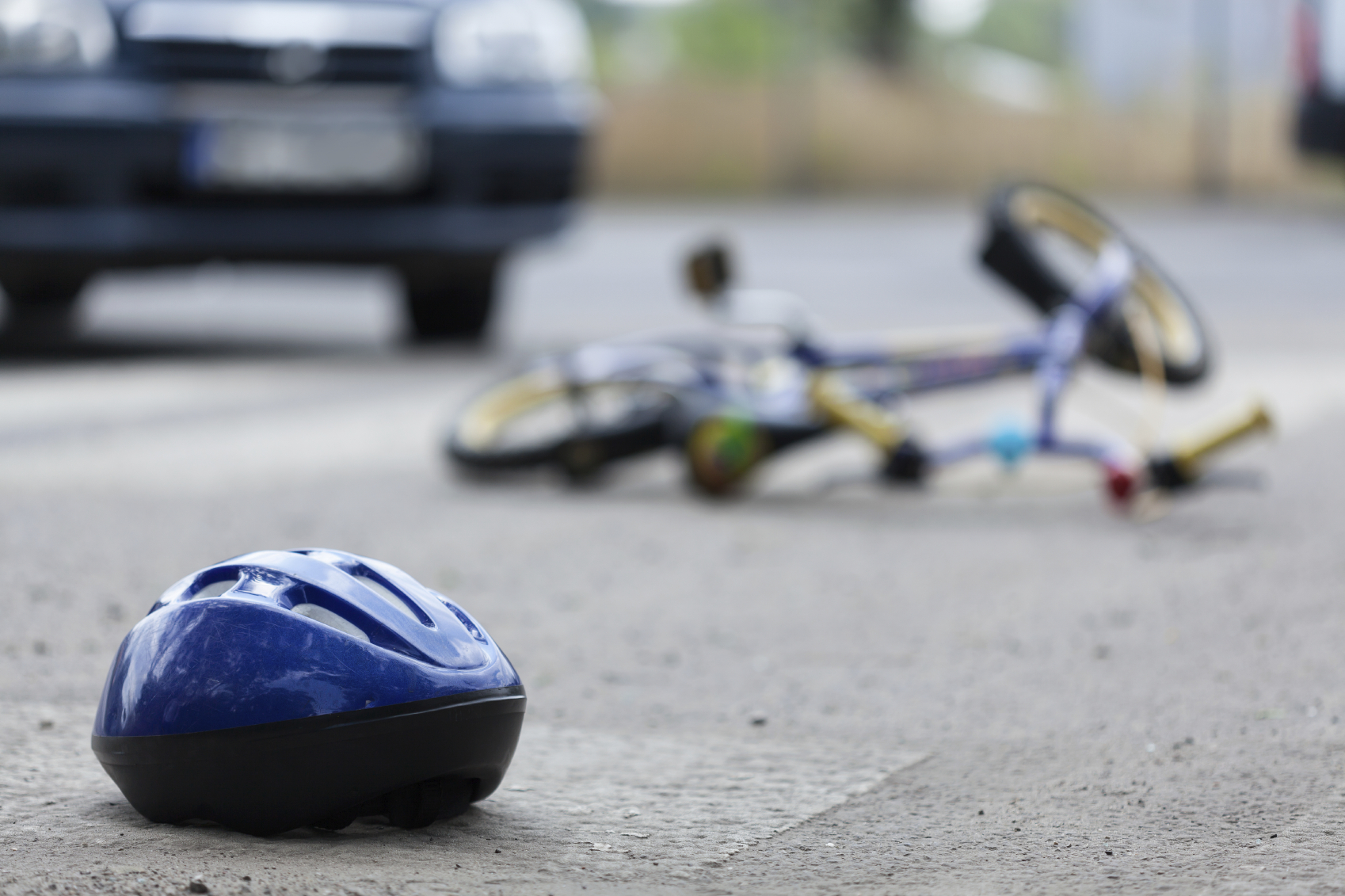Every year, more than 130,000 bicyclists are hurt, and almost 1,000 are killed in motor vehicle accidents across the United States. Bicycle-friendly infrastructure can reduce the risk, but no matter how careful you are, there is no way to eliminate the risk that you will be involved in a crash. That’s why it’s important to know what to do if you are hurt.
Taking the right steps after a crash can protect your health, legal rights, and ability to recover compensation. Here’s what you need to do immediately after a bicycle accident.
1. Get To Safety and Check for Injuries
Your first priority is safety. Before rushing to get up, assess the situation. Where are you? Is there traffic moving around you? Do you see a safe place to move? If you can move and it’s safe to do so, get yourself and your bike out of the road to avoid further danger. However, don’t move more than necessary if you feel severe pain or suspect a head, neck, or back injury.
Check yourself for injuries and assess how you feel. Some injuries may not be obvious right away. Remember that a head injury is very likely. You can check your helmet for scratches, scuffs, or damage to confirm you hit your head but assume at least a concussion regardless of helmet damage.
2. Call 911 and Report the Accident
Even if the accident seems minor, call 911. Remember that you may not be able to accurately assess your own condition. A police report can also be important for an insurance claim and legal action.
When officers arrive, give a factual account of what happened but avoid admitting fault. Do not say you’re fine (even if you think you are) or downplay your injuries.
Ask for the officer’s contact information or their name and badge number if you need to follow up. Request the collision report number to make it easier to request a copy when it’s available.
3. Gather Evidence at the Scene
If you’re able to, collect as much information as possible. This can help support your case if you need to file an insurance claim or lawsuit.
Take the following steps:
- Photograph the scene. Include your bike, the vehicle involved, road conditions, traffic signals, and any debris.
- Photograph your injuries. Take pictures of your injuries and any visible damage to your helmet or other safety gear.
- Get witness information. Ask for the names and contact details of anyone who saw the accident.
- Exchange information with the driver. Get their name, phone number, driver’s license number, and insurance details.
As soon as possible, write down everything you can remember about your accident. Write down the time, location, weather conditions, and any statements made by the driver or witnesses.
If the driver involved left the scene, do your best to remember and write down a description of the vehicle. Include any details you recall, even stickers on the bumper or rear window, the license plate state or design, and as much of the license plate number as possible.
The more evidence you can gather, the stronger your claim will be.
4. Get Medical Care Right Away
It’s common to feel fine after an accident, even if you are actually seriously hurt. A crash can trigger the fight-or-flight response with a rush of endorphins and adrenaline. These hormones reduce pain, increase stamina and heart rate, and widen blood vessels temporarily to help you respond to danger.
Initially, your brain has a reduced ability to even perceive pain. Over the next few hours, the endorphins and adrenaline will wear off. You may suddenly feel the pain you were blocking earlier.
You may also experience delayed symptoms or have hidden injuries that do not have obvious symptoms at first. Internal bleeding, for example, can be a silent killer with mild or even no symptoms until it progresses to life-threatening blood loss.
It’s crucial to seek medical attention right away, no matter how you feel. During an exam, a physician will check for hidden injuries that may be overlooked. Along with ensuring you receive the care you need, immediate medical attention helps to link any injuries you sustained with your crash. Delaying medical care could hurt your case if you decide to seek compensation later.
5. Consult a Bicycle Accident Lawyer
If you have been hurt, speaking with a lawyer can help you understand your rights and options. Insurance companies often try to minimize payouts, and an attorney can help ensure you get the compensation you deserve.
A bicycle accident lawyer can handle communications with the insurance adjuster, gather evidence, and negotiate on your behalf to recover the compensation you need.
Most personal injury attorneys offer free consultations and work on a contingency fee basis with no out-of-pocket attorney fees. It’s worth discussing your case even if you’re unsure about legal action.
Bicycle accidents can be life-changing, but knowing what to do after a crash can make all the difference. Prioritize your safety, document everything, get medical care, and consider seeking legal advice to protect your health and future.


